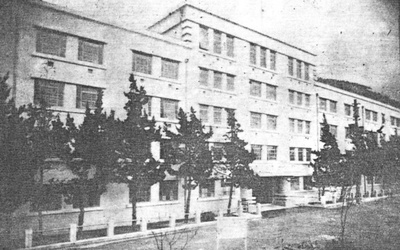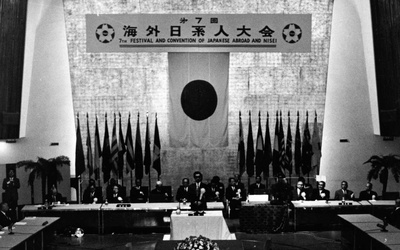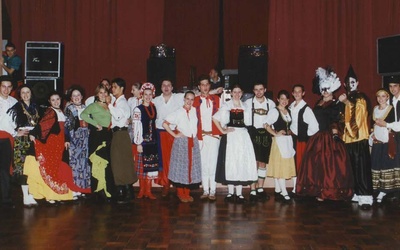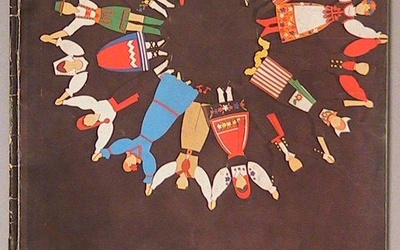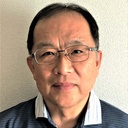
Shigeru Kojima
Shigeru Kojima was born and raised in Sanjo City, Niigata. He graduated from the Sophia University and received a Master’s degree in history from the Federal University of Paraná, Brazil. After teaching at places such as the Tokyo Gakugei University, he took part in the establishment of the JICA Yokohama Japanese Overseas Migration Museum. He is a researcher (on call) at the Advanced Research Center for Human Sciences at the Waseda University. He studies the immigration history and immigrants.
His publications include “Nikkei community no shorai to matsuri (The Future of Nikkei Community and Matsuri)” in The Nanboku America no Nikkei bunka (Nikkei Culture in North and South America) published by Jimbun Shoin in 2007, edited by Iwao Yamamoto and others); “Nihonjin imin no rekishi kara zainichi nikkeijin wo kangaeru - Brazil ijyu 100 shunen to nikkei no shosou (Thinking about the Nikkei in Japan from the History of Japanese Immigrants – the 100th Anniversary of Immigration to Brazil and the Nikkei Lives)” in Asia Yugaku 117, published by Bensei in 2008; and “Kaigai ijyu to imin, hojin, nikkeijin (Overseas Migration and Immigrants, the Japanese, and the Nikkei)” in Higashi Asia no Diaspora (Diaspora in East Asia) published by Akashi Shoten in 2011, supervised by Hiroshi Komai.
Updated April 2021
Stories from This Author
Japanese people and names
Nov. 21, 2018 • Shigeru Kojima
The Japanese name "Sujiro"?! One of the characters in Menimo Maluquinho (Boy Marquinho) by Ziraldo, a famous Brazilian manga artist, is a Japanese-Brazilian named Sugiro. Names like Ichiro and Sushiro might be understandable, but Sugiro is strange no matter how you look at it. I had felt for a long time that it was odd for a Japanese or Japanese person to have a name like that. Then one day, the mystery was solved all at once. It turns out …
Japanese people and the Japanese language
May 16, 2018 • Shigeru Kojima
A moment with an immigrant family "You'll go to Cafe Senasuka. What about you?" "You can go to Almosa too." This is how the first generation elder, a prewar immigrant, welcomed me whenever I visited him as a student studying abroad from Japan. His wife, who danced Japanese dance in the women's group and enjoyed haiku, was always there, smiling. In addition to the two of them, their second generation daughter and daughter-in-law, and sometimes even their third generation grandson, …
Immigrants and migrants
Aug. 8, 2017 • Shigeru Kojima
What is the difference between immigrants and migrants? And although we don't hear them much these days, the words "migrant," "migrant," and "immigrant" were also used in the past. What is the difference between these words? To get straight to the point, these all refer to the same thing, they were just used at different times. However, their meanings have changed over time. Furthermore, they are deeply connected to the beginning of the phenomenon of migration and changes in circumstances. …
Who are Nikkeijin?
April 21, 2017 • Shigeru Kojima
Who does “Nikkeijin” refer to? Answering this question is not easy. Today they are defined as “Japanese immigrants who have moved overseas with the intention to live there permanently as well as their descendants.” However, this definition has changed greatly over time. And the intended meaning differs from one person to another. Those who use this term sometimes imply meanings that are different from the set definition. In such cases, the conversation gets difficult. Many Issei—or first generation immigrants—often consider …
My first encounter with immigration studies
July 26, 2016 • Shigeru Kojima
I am truly grateful for my encounter with migration studies. I think there were two factors that led to it. The first was the excellent lectures I attended at university, and the second was my experience of living in Brazil. In 1978, I entered the Portuguese Department at Sophia University, where I studied Portuguese and Brazil, and also had the opportunity to attend lectures by professors who were at Sophia at the time, including Shuichi Kato, Haruhiko Kindaichi, and Kazuko …
The Transmission of Traditional Culture as seen in Paraná Folklore and Ethnic Festival, Brazil: Matsuri and the future of Nikkei communities with emphasis on Nikkei identity - Part 2 of 2
Oct. 30, 2008 • Shigeru Kojima
>> Part 1V. “Granny’s Dance” and Folk Dance: A Japanese European ComparisonHaving first observed the Paraná Folklore and Ethnic Festival in the early 1980s, I was shocked by something in particular. I believe that everyone who was there felt the same way I did. I saw that the European groups had many child participants and that the young men and women wore traditional costumes. They performed their folk dances very beautifully and at times even acrobatically. In comparison, with the …
The Transmission of Traditional Culture as seen in Paraná Folklore and Ethnic Festival, Brazil: Matsuri and the future of Nikkei communities with emphasis on Nikkei identity - Part 1
Oct. 23, 2008 • Shigeru Kojima
I. Matsuri in Overseas Nikkei CommunitiesToday, overseas Nikkei communities celebrate traditional matsuri (Japanese festivals) under two types. The public space type is held outdoors in a public space or in the streets. The theatrical type is performed on a stage in a theater or hall. Public space type festivals are usually held in areas where Japantowns once thrived. These events often feature outdoor taiko performances and street dancing called ondo. But, there might also be flower arranging or calligraphy exhibitions …
Shedding "Nikkeijin": Nikkei as a New Identity - Part 2
Aug. 17, 2007 • Shigeru Kojima
Part 1 >> 3. Changes within the Nikkei Community If we trace the historical transformation of the Nikkei community in Brazil, it is possible to mark several distinct periods: pre-war, immediate post-war, and post-1980s. This can be observed in how the Nikkei community has been described, as well as common perceptions of the community. In other words, it is possible to make distinctions between the pre-war Japanese Brazilian Compatriot Society, the post-war Colônia Japonesa (Nikkei colony), and the post-1980s Nikkei …
Shedding "Nikkeijin": Nikkei as a New Identity - Part 1
Aug. 16, 2007 • Shigeru Kojima
1.The Image of Nikkei in Brazil In 1997, for the first time in Brazil, a Japanese Brazilian, Cássio Taniguchi, was elected as the mayor of a state capital, in Curitiba, the state capital of Paraná. Taniguchi received the additional honor of being elected to a second term, becoming the first mayor to do so in the city’s history. Ironically, when running for office, Taniguchi was not only virtually unknown to the city’s Nikkei community, but also had no contact with …



